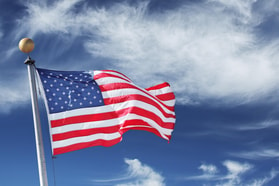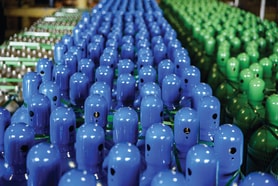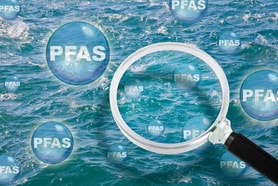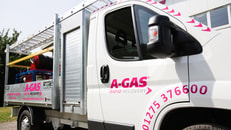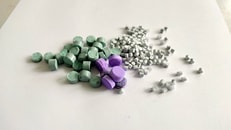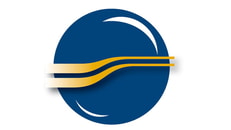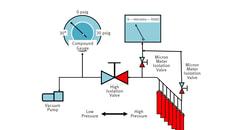Gas-free specialty gas applications
Many diversified industrial gas companies expect their specialty gases business to be one of their growth engines. Double-digit revenue and profit growth has been the norm for decades. One driver of market growth for specialty gases has been international trade, which requires harmonisation of measurement that relies on accurate calibration gas standards.
Toughening environmental legislation around the world has also pulled for more specialty gases. The 2020 sulfur cap in the MARPOL Annex VI marine emissions; the EU Industrial Emissions Directive, the ongoing modernisation of the EURO 5, 6, and 7 automotive emissions legislation; and China’s blue-sky initiative all count as examples. Specialty gases are also used in pharmaceutical drug discovery. Clinical labs also rely on them for diagnostic applications. These markets are growing as nations invest in public health and seek to meet the needs of growing or ageing populations.
On the other hand, specialty gas products are not immune to the concept of ‘gas intensity’ – progressive productivity improvements which mean end-users can do more with less gas. Furthermore, some established specialty gases applications are moving to gas-free technologies and there is a fascinating range of drivers behind this transformation.
... to continue reading you must be subscribed





